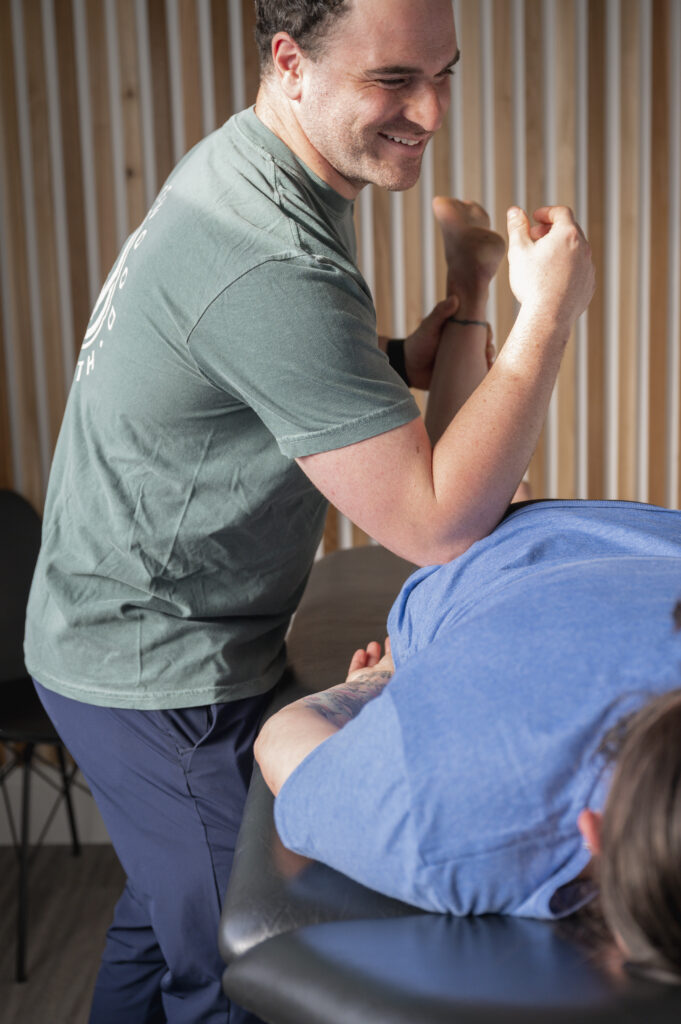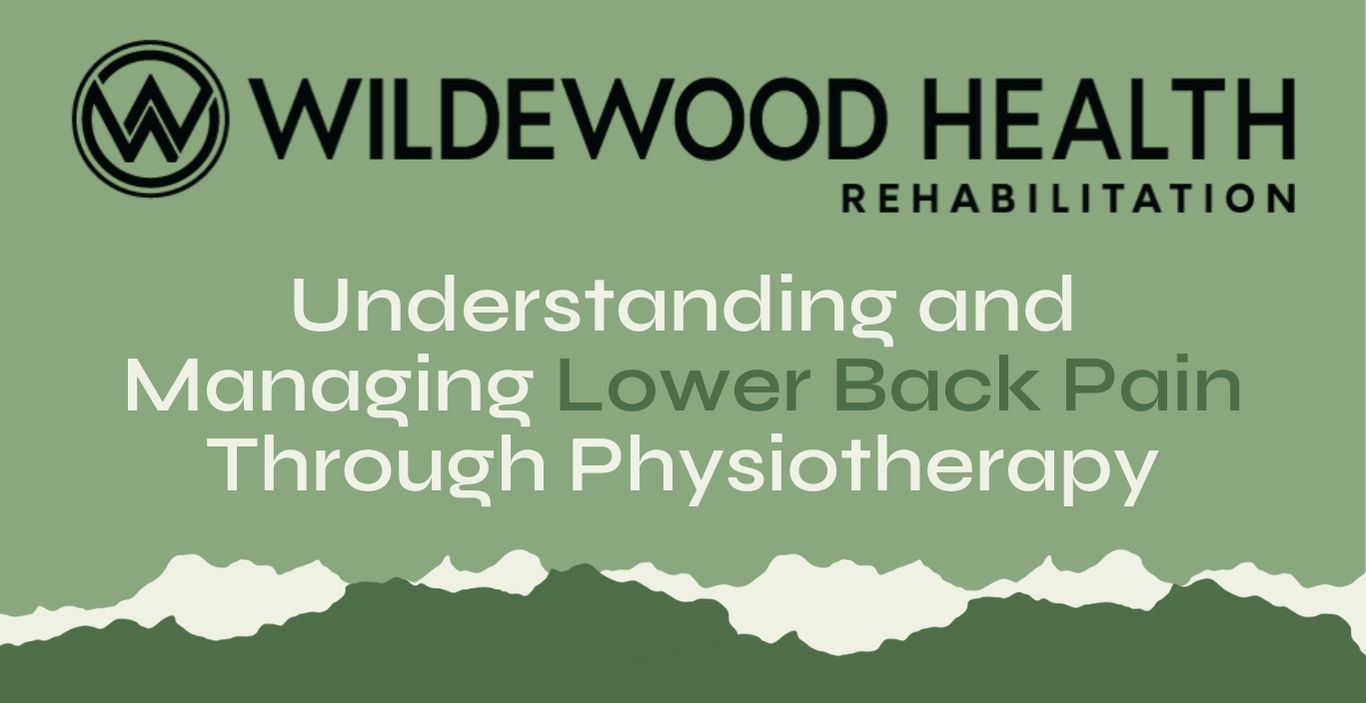Lower back pain is a common ailment affecting millions of people worldwide. It can range from a mild, persistent ache to sudden, sharp pain, significantly impacting daily activities and overall quality of life. Physiotherapy offers a holistic and effective approach to understanding and managing lower back pain, providing both immediate relief and long-term prevention strategies. Here’s a closer look at how physiotherapy can help you tackle this pervasive issue.
Understanding Lower Back Pain
Causes of Lower Back Pain
Lower back pain can arise from various factors, including poor posture, muscle imbalances, sedentary lifestyles, and acute injuries. Common causes include:
- Muscle or Ligament Strain: Overuse or sudden movements can strain the muscles and ligaments in the back.
- Herniated Discs: Discs act as cushions between the vertebrae, and when they bulge or rupture, they can press on nerves, causing pain.
- Arthritis: Osteoarthritis can affect the lower back, leading to pain and reduced mobility.
- Sciatica: Compression of the sciatic nerve can cause sharp, shooting pain that radiates down the leg.
- Structural Problems: Conditions like scoliosis, where the spine curves abnormally, can lead to back pain.
Symptoms of Lower Back Pain
Symptoms can vary depending on the underlying cause but often include:
- Dull, aching pain in the lower back
- Sharp, stabbing pain that may radiate to the legs
- Stiffness and reduced range of motion
- Muscle spasms
- Pain that worsens with prolonged sitting or standing

Managing Lower Back Pain
Initial Assessment
A thorough initial assessment by a physiotherapist is crucial in identifying the root cause of lower back pain. This assessment typically includes:
- Medical History: Discussing previous injuries, lifestyle, and any underlying health conditions.
- Physical Examination: Evaluating posture, range of motion, and muscle strength.
- Diagnostic Tests: If necessary, recommending imaging tests like X-rays or MRI scans to get a clearer picture of the issue.
Treatment Techniques
Physiotherapy employs a range of techniques tailored to the individual’s specific needs. Some effective methods include:
1. Manual Therapy
Manual therapy involves hands-on techniques to mobilize and manipulate the spine and surrounding muscles. This can help to reduce pain, improve mobility, and restore normal function. Techniques such as spinal manipulation, soft tissue massage, and joint mobilization are commonly used.
2. Exercise Therapy
Exercise is a cornerstone of physiotherapy for lower back pain. A physiotherapist will design a personalized exercise program that may include:
- Stretching Exercises: To improve flexibility and reduce muscle tension.
- Strengthening Exercises: To build core strength and support the spine.
- Aerobic Conditioning: Low-impact activities like walking or swimming to improve overall fitness without stressing the back.
3. Postural Education
Poor posture is a significant contributor to lower back pain. Physiotherapists provide guidance on maintaining proper posture during daily activities, which can help alleviate pain and prevent future issues. Ergonomic advice for workstations and lifting techniques may also be included.
4. Heat and Cold Therapy
Applying heat or cold to the affected area can help manage pain and inflammation. Heat therapy can relax tense muscles, while cold therapy can reduce swelling and numb sharp pain.
5. Electrotherapy
Techniques such as Transcutaneous Electrical Nerve Stimulation (TENS) and ultrasound therapy can provide pain relief and promote healing. These methods use electrical currents or sound waves to stimulate the affected area and improve blood flow.
Long-Term Management and Prevention
Physiotherapy not only focuses on immediate pain relief but also on preventing recurrence. Long-term management strategies include:
- Regular Exercise: Maintaining a routine of strengthening and stretching exercises.
- Weight Management: Keeping a healthy weight to reduce stress on the lower back.
- Lifestyle Modifications: Making adjustments to reduce strain on the back, such as using proper lifting techniques and avoiding prolonged sitting.
Exercises for Lower Back Pain
Here are some common exercises to relieve lower back pain:
Conclusion
Lower back pain can be debilitating, but physiotherapy offers a comprehensive approach to both managing and preventing it. Through personalized assessment, targeted treatments, and long-term strategies, physiotherapy helps individuals regain mobility, reduce pain, and improve their quality of life. If you’re struggling with lower back pain, consider consulting a physiotherapist to develop a tailored plan that addresses your unique needs and promotes lasting relief.






